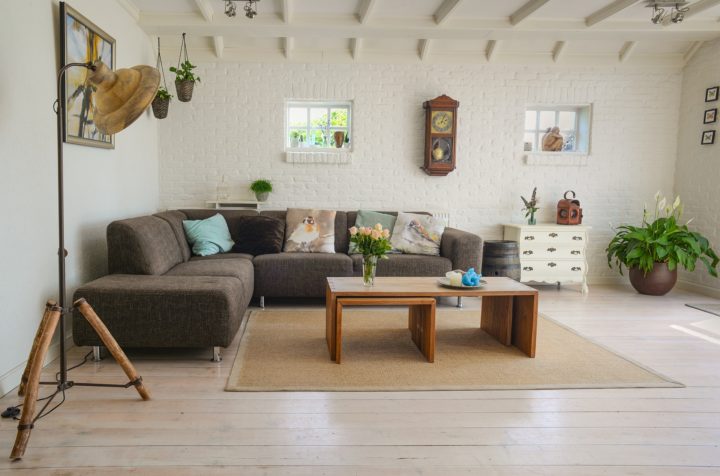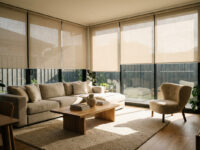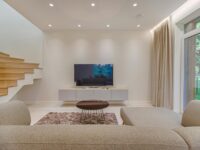Do you want to renovate your home but don’t know where to start? Interior design can be daunting, but it doesn’t have to be! In this article, we will give you seven tips to help you start designing your home’s interior. Whether you are looking to redesign a single room or an entire floor, these tips will point you in the right direction. So what are you waiting for? Let’s get started.
Use Handcrafts
Handcrafts can add an element of uniqueness to your home. Whether it’s a handmade rug, a wall hanging, or a knick-knack shelf, these items can give any space a personal touch. For instance, you can use the finest Italian hides to spruce up your living room or decorate a hallway with handmade art. Use pieces that you love to bring character and charm to any area of the house.
When incorporating handcrafts into your home, be sure to choose timeless pieces that will stand the test of time. Some tips to consider include the quality of materials, craftsmanship, and overall aesthetic. For instance, if you have a modern home, choose sleek and contemporary handcrafts.
Incorporate Artwork
Another way to add character and life to your home is by incorporating artwork. Art can help make any space more inviting, bringing color and personality into the mix. Whether you choose a single piece for an accent wall or fill the room with several pieces, having artwork in your house will bring out its best features.
When selecting artwork for your home, there are a few things to consider. First and foremost, choose pieces that you love and have meaning. Also, look at the overall scheme of the room when selecting artwork; if it clashes with the color palette or décor, it may be best to pass. You can find the perfect artwork by visiting local galleries or online marketplaces.
Make Use of Natural Light
Natural light can make any space look airy and bright. So when designing your indoor spaces, be sure to use natural light by keeping windows uncovered as much as possible. You can also add additional lighting fixtures if needed.
When it comes to window treatments, opt for light and airy fabrics. For example, sheer curtains let in plenty of natural light while maintaining privacy. Additionally, you can use mirrors to reflect the natural light around the room and make it look larger than it is. Ensure that you mix ambient, task, and accent lighting to create the best possible lighting in your room.
Choose A Color Palette
Choosing a cohesive color palette sets the tone for any space. When designing your home, select a few colors that complement each other and reflect your personal style. You can choose colors based on what you love or the room’s overall feel.
When it comes to color, think about how the hue will look in different lighting and with other elements in the space. Also, consider adding patterned textiles for a more interesting and dynamic look. If possible, bring in samples of potential colors and see how they look in the space.
Invest in Quality Furniture
Quality furniture always plays an important role when it comes to interior design. They should be chosen based on their functionality, durability, and comfort. If you can, visit furniture stores to try out pieces beforehand to ensure they are comfortable and fit your needs.
Also, don’t forget to measure before buying furniture! Make sure that the piece fits in the space and has enough room for movement around it. Other tips to consider include the furniture’s style, color, fabric, and texture. Style should complement the room’s overall design, and color should be unified with other elements in the space.
Add Greenery
Adding greenery to any space is a great way to bring life and texture into the room. Whether you choose real or faux plants, they can be an excellent complement to your home décor. Consider placing one large plant in the corner of a room or mixing several smaller pieces around the space. Plants can help to bring the indoors and outdoors together, creating a more inviting atmosphere.
However, you need to choose plants that are easy to maintain and can thrive indoors. For visual interest, you can also add other elements, such as rocks, shells, and natural items. Ensure that the items you add are in harmony with the room’s overall design.
Designing your home is an exciting process and can sometimes be overwhelming. However, with these tips in mind, you can create beautiful indoor spaces that reflect your personality and style. Making the most of natural light, selecting a cohesive color palette, investing in quality furniture, and adding greenery are all great ways to help you design the perfect indoor spaces. Happy designing!
















